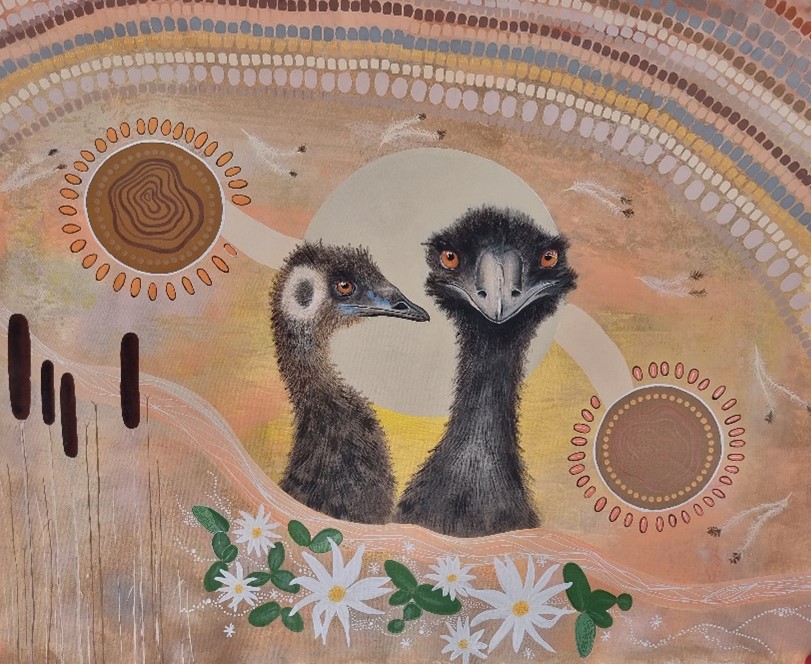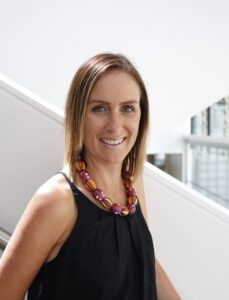
A new study reveals the scale of road trauma among Aboriginal and Torres Strait Islander people in NSW, highlights factors that help keep travellers safe, and urges greater investment in community-led road safety initiatives.
The research, published in the Australian and New Zealand Journal of Public Health, found that over 7,500 Aboriginal and Torres Strait Islander people over 17 years were seriously injured, and 320 killed on the roads in NSW between 2005 – 2023.
Road safety is a concern for Aboriginal and Torres Strait Islander communities across the country, not just NSW. Previous research has shown that road injuries are the second leading cause of death amongst First Nations people and the burden is increasing. The number of road injuries amongst Aboriginal and Torres Strait Islander people has increased by over 20 percent over the last ten years.

“Community-led, culturally appropriate road safety initiatives are the key to turning this around,” says senior author Associate Professor Courtney Ryder, an Aboriginal academic in Public Health and Indigenous Health at Flinders University.
“There have been some great Aboriginal and Torres Strait Islander-led road safety initiatives, but up until now there has been a gap in data to help communities develop tailored campaigns and prevention strategies. We haven’t had up-to-date Aboriginal and Torres Strait Islander road injury data for NSW for 10 years.”
According to the study most (53%) injuries involved those travelling in a car, followed by motorcycles (25%), while pedestrians were more likely to experience severe injuries or die.
The most common injuries were fractures (41%), followed by head injuries (19%). Young adults aged 17 – 29 were the most affected.
“Half of the Aboriginal and Torres Strait Islanders injured in a road transport crash were aged 17 – 29 and 68 percent were male,” says lead author Dr Holger Möller from UNSW Sydney.
The study also uncovered factors that were protective and helped reduce injuries.
“Those wearing a seat belt were eight times more likely to leave a crash with no or minor injuries. Holding a licence also meant you were less likely to be seriously injured. Crashing in an urban area was also less likely to result in serious injuries,” Dr Möller says.
“Road injuries not only cause deaths, but also contribute to lifelong disability, as well as economic and social burden. The findings of this study offer new insights that could be used to develop tailored prevention campaigns. We need more investment in First Nations-led road safety initiatives,” Associate Professor Ryder concludes.
“Road transport injury in Aboriginal and Torres Strait Islander people in New South Wales, Australia” was published in the Australian and New Zealand Journal of Public Health on 15 October 2025.
More about The “Tumbetun Ruwi” artwork by Talia Scriven (née Rigney) – this artwork celebrates resilience rooted in identity, family, and connection to Country. At its centre, two emus stand tall, symbolizing continuity, protection, and intergenerational care. This highlights the importance of early, culturally safe support for Aboriginal and Torres Strait Islander peoples after road traffic injuries.
The circular shapes throughout represent strong identity, family support, and connection to appropriate care services. The largest circle symbolizes connection to Country – a vital cultural determinant of health and wellbeing. Together, these elements remind us that recovery depends on the strength of relationships and place, not just the individual.
Beneath the emus, the silver daisy bush blooms – a totem of resilience known for thriving in tough conditions. It symbolizes endurance, hope, and growth despite challenges.
The land, environment, and shared cultural knowledge passed across generations are crucial to healing, as Aboriginal participants have emphasized. Connection to Country plays a key role in supporting recovery, especially after trauma.
Effective healing is community-led, involving Aboriginal Community Controlled Health Organisations and Aboriginal Health Workers who provide early, culturally appropriate psychological and physical care.
This artwork calls for stronger community-focused education and support for Aboriginal patients following road traffic injuries. Healing is not just about treatment – it is about connection, culture, and care that honours the strength of community.

